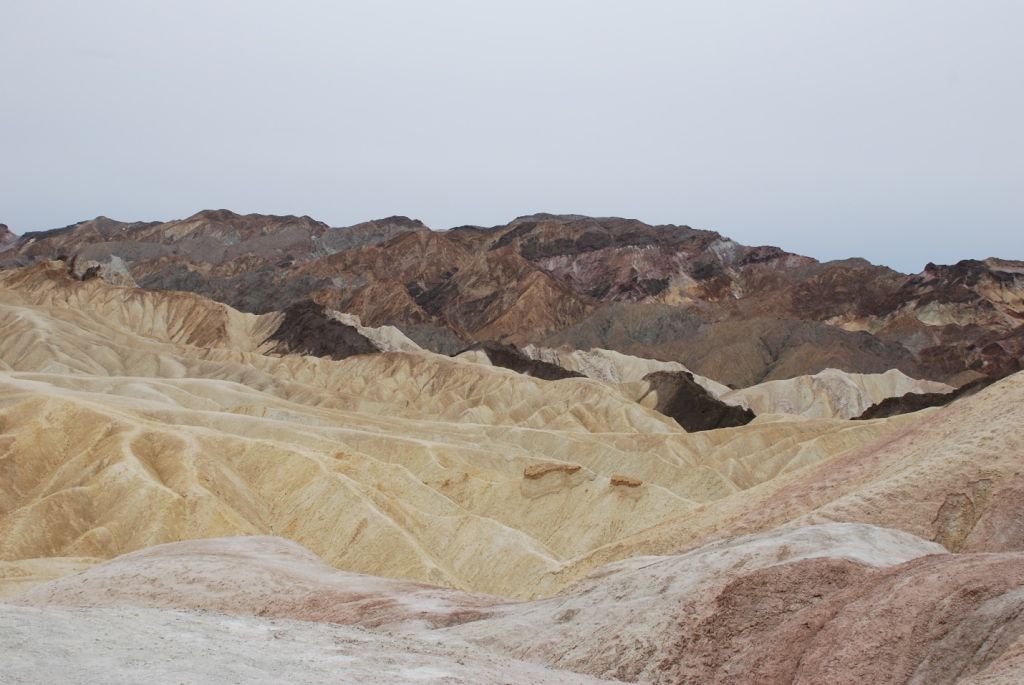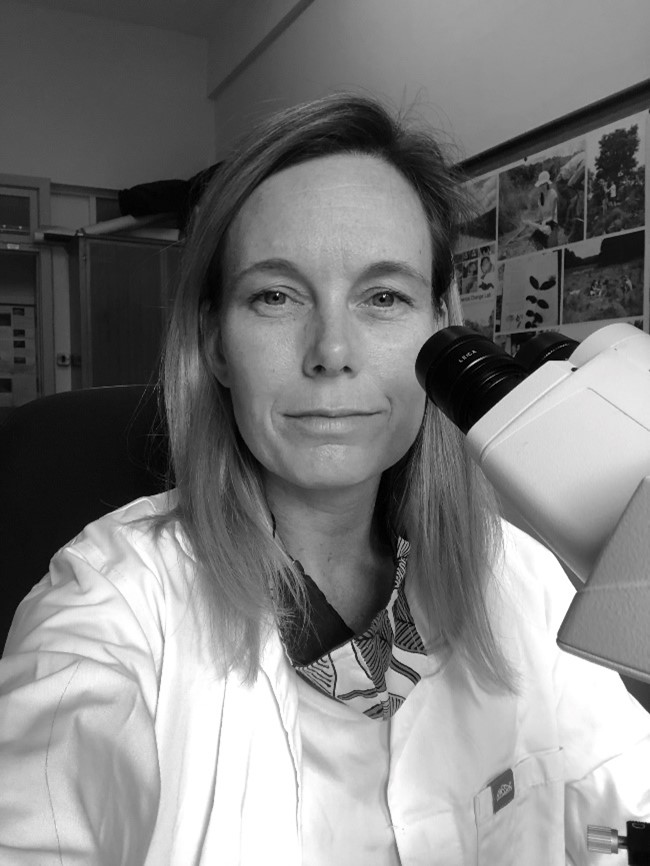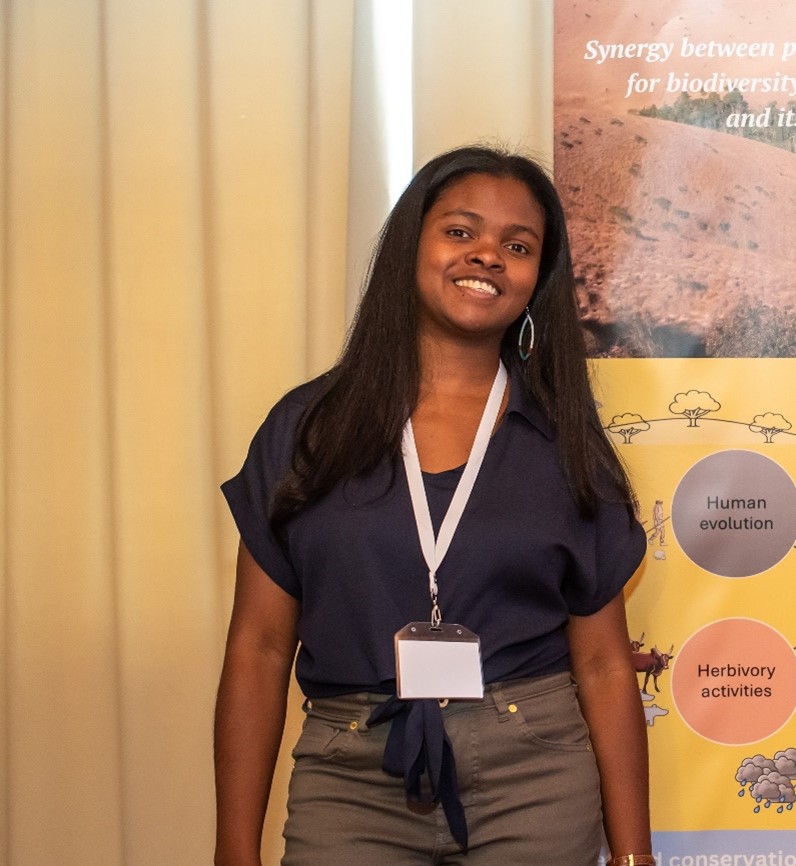
How can we use the past to better navigate our future? What hidden indicators lie beneath the surface of lakes across the globe? And how can understanding these mysteries help society make smarter decisions about ecosystem conservation moving forward?
Palaeoecologists — or as they sometimes like to call themselves, “earth detectives” — believe many of the answers are buried deep within ancient data, locked in the sediment beneath the Earth’s surface.
As Ke Zhang, a professor at the Nanjing Institute of Geography and Limnology, explains: “Globally, lakes are facing similar challenges. Understanding how lake ecosystems have changed over time — and the underlying causes — can help inform future management strategies.”

Zhang’s research focuses on the sediment of freshwater lakes in the Great Rift Valley, including Lake Naivasha and Lake Baringo in Kenya, comparing these with data from Taihu Lake in China.
“Problems like climate warming, fluctuating water levels, biodiversity loss, and eutrophication — such as algae blooms from catchment intensification — have all been observed. While these issues aren’t as severe in Africa yet, we believe that in the next 10–20 years, African lakes could face similar challenges. Comparing lakes in China and Africa offers valuable insights,” he says.
Zhang shared his findings in the latest Tipping Points webinar, “Let’s Get Sedimental: Conservation Lessons Where Science Meets Silt,” hosted last week by Oppenheimer Generations Research and Conservation. The webinar was facilitated by Professor Lindsay Gilson, an expert in African ecology. It also featured Jemma Finch, an Associate Professor in Geography at the University of KwaZulu-Natal and Dr Estelle Razanatsoa, a Junior Research Fellow at the University of Cape Town.
The three panellists are part of a global working group called PAGES (Past Global Changes), which explores how paleoecology can help establish safe operating boundaries and limits for managing natural systems, including lakes, rivers, and forests.
The Taihu Lake story
Zhang told the webinar that Taihu Lake in China, close to Shanghai, is symbolic of the super-fast development in the city that has taken place over the last several decades leading to water issues like algae blooms.
Despite the fact the government invested millions of dollars into tackling the problem – 10 years later many challenges remain.
“We’ve realized that the lake is a complex system, and it’s not just about the ecology but also the people in the catchment. So, understanding the lake’s long-term evolution is crucial for managing it. That’s where lake sediment comes in, providing long-term data to inform lake restoration and management.
His team has taken their research, one step further, developing an evolutionary framework, combining lake sediment data with historical records, to understand how the socio-ecological system of the lake has evolved.
“We use this to identify tipping points, regime shifts, and variability of change, helping us assess the current stage of the lake.”

Interestingly, their research shows that before 2000, economic development and environmental degradation were closely linked. As the economy grew, ecological problems, such as degradation of the lake ecosystem, also increased at a similar pace. Then, this relationship began to shift. Economic growth continued, but environmental decline didn’t increase at the same rate. Vital lessons could be learned from this “decoupling” of the system, said Zhang.
“This perspective is important because if the lake is still coupled, large investments may not show significant results, but if it’s transitioned to a decoupled state, interventions will be more effective. This kind of data informs the long-term management of the lake,” said Zhang.
Zhang’s paper was published last year, and his team has since provided policy advisory reports, which have been adopted by the Chinese Economic Science and the Department of Environment of Jiangsu Province. These agencies are now interested in using this long-term perspective to guide policy and restoration strategies.
His research has produced valuable long-term data on biodiversity and water quality pollution, helping to identify tipping points and boundaries for biodiversity loss and eutrophication.
Building on these insights, Finch explored how paleo-data can be applied to ecosystem management in South Africa’s Western Cape.

She focused on case studies of two coastal lake systems: Princess Vlei, a wetland area on the Cape Flats in Cape Town, and Eilandvlei, part of the Wilderness Lake complex in the southern Cape, with a history spanning 9,000 years.
Using existing datasets developed by fellow scientist Kelly Kirsten and her team, Finch shared records at Princess Vlei which showed a marked change in nutrient levels, transitioning between high-nutrient (blue) and low-nutrient (orange) phases. These shifts indicated different ecological states.
Tipping Point shifts
“The most fascinating part for us is the shift in community structure, which might indicate tipping points or critical thresholds where ecosystems transition from one regime to another,” said Finch.
At Eilandvlei, records revealed a shift between marine and freshwater influences due to the lake’s proximity to the ocean.
“The aim of our project is to model these records, similar to what Zhang did with Taihu Lake. Modelling will help us understand the range of ecosystem variability, rates of change, and the tipping points that cause them,” Finch added.
She said it was crucial that these modelling results be presented at workshops to stakeholders, such as ecosystem managers and conservation practitioners. This would enable them to identify the key questions that need to be addressed for the future management of ecosystems.
Madagascar’s ecosystems
Turning the focus to Madagascar, Razanatsoa said her research had focused on the intersection of biodiversity, conservation, and climate change mitigation, and the need for longer-term data on a millennial timescale.

Razanatsoa’s research specifically examines the impact of human land use and rainfall variability on tropical dry forests in southwest Madagascar. She has also explored the relationship between climate and human land use in maintaining open vegetation in the region over the last millennium.
“Most people think of Madagascar as covered entirely by tropical forests and jungles,” said Razanatsoa. “But by analysing data from grasslands and dry forests, we can see that Madagascar has a much more complex history than often portrayed. Before human arrival, it was not entirely forested but had a mix of ecosystems, including grasslands and savannas.”
A key point, she emphasized, was that human activity — particularly the use of fire — has shaped Madagascar’s landscape over thousands of years. The expansion of grasslands in the past 1,000 years, for example, was driven partly by human use of fire, not solely by climate factors.
Razanatsoa’s team works with local stakeholders in Madagascar — government representatives, NGOs, and conservationists — in examining how paleo-data can influence conservation policies, like how to restore ecosystems and manage fire.
The findings will help inform policy recommendations for Madagascar’s national biodiversity action plans, which aim to protect the island’s ecosystems and biodiversity.
Blueprints for sustainability
So, what’s this got to do with you and me, you might ask? Well, it’s clear that understanding how the environment responded to past human activities and climate shifts — and by studying past ecosystems and ancient environmental data — scientists can help us make better decisions about how best to manage the environment today and in the future.
It’s about bridging the gap between technical scientific research and practical, everyday concerns about the environment. The past is not just a series of events – it’s a blueprint for sustainability.
Wrapping up the webinar, Gilson said: “By working together, we can ensure that palaeoecological research informs real-world conservation efforts.”
Describing the passion for her work, Finch ended on this note: ‘You can take something like a sediment core and travel back in time… 10,000 years ago, 20,000 years ago… It blows my mind.”
- Heidi Gibson is a freelance writer for Roving Reporters. This article was produced with support from Jive Media Africa, science communication partner to Oppenheimer Generations Research and Conservation. This story was produced with the assistance of Jive Media Africa, science communication partner to the Oppenheimer Generations Research and Conservation (OGRC).
Author
- Unveiling the past to shape the future - April 8, 2025
- Mixed report for Nature COP - December 18, 2024
- Hacks vs boffins – bridging the divide - March 9, 2023


